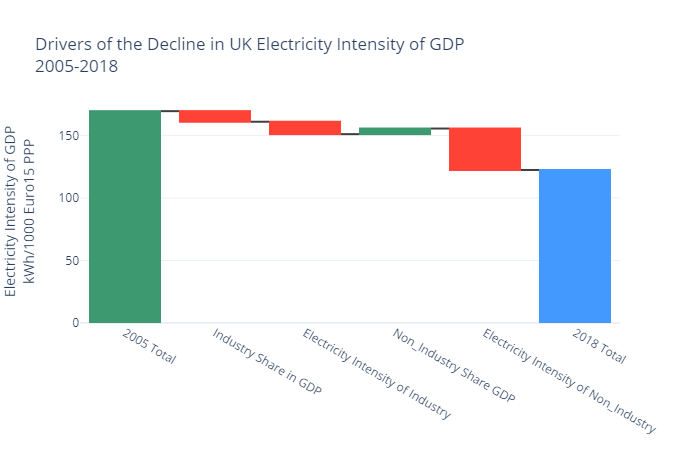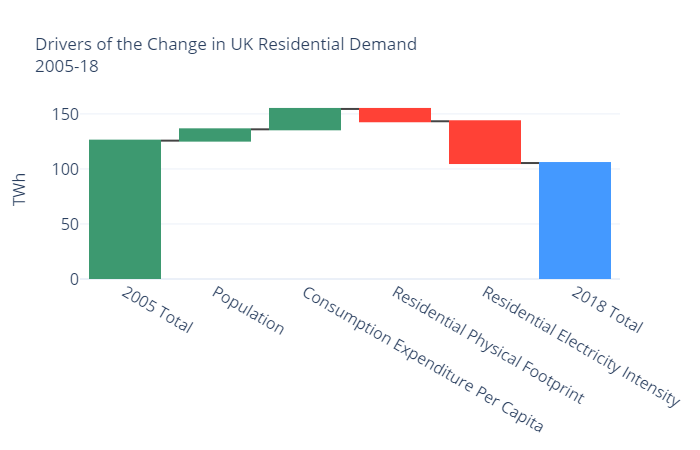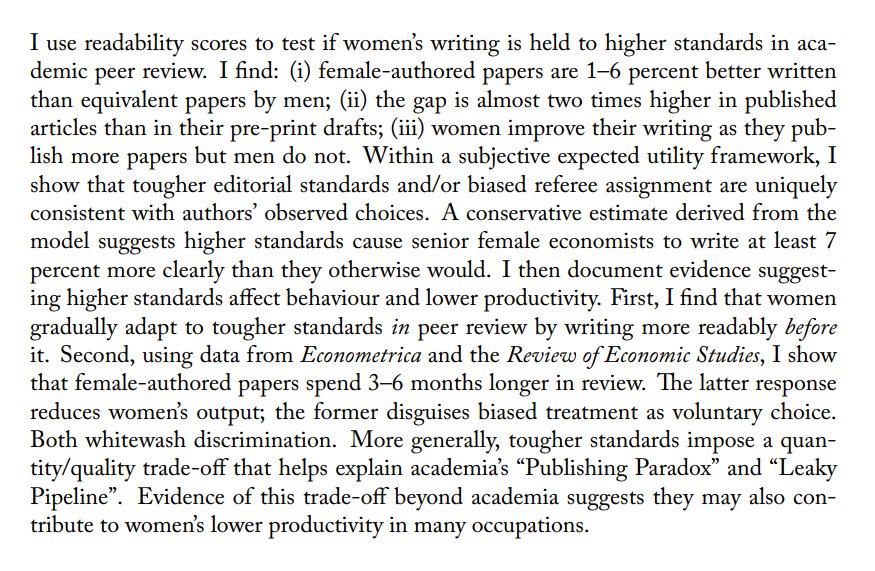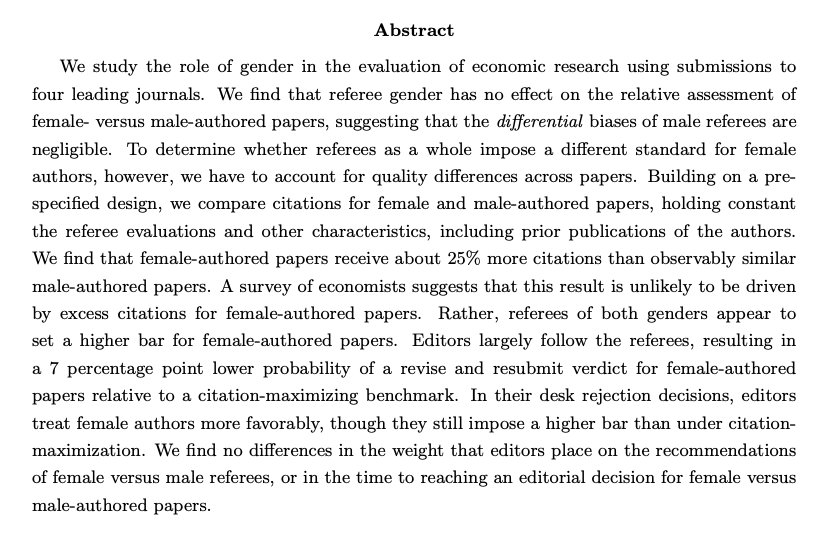Ask, and ye shall receive.
So, why did UK electricity demand fall so much between 2005-18?
Let's look into it.
Teaser ... it's not what you think; at least not predominantly.
Before starting, a few methodological notes. In any sector or at the macro level, demand can change because of:
- activity levels: total quantum of economic activity.
- structure of activity: more or less energy intensive modes
- electricity intensity of activity.
In the analysis that follows, I'll keep using this kind of breakdown to tease out what was due to changing economic structure (e.g. deindustrialization), what was due to actual energy efficiency improvements.
Ok, let's go.
So at the macro level it wasn't deindustrialization that drove the improvement in UK electricity intensity of GDP and hence the fall in UK electricity demand.
It played a role but wasn't the main driver by some margin.
So what drove improvements in non-industry sectors?
Residential sector continued:
3. By some margin, the largest contribution came from real physical improvements in electricity intensity (kWh/m2 of household floor space).
This drove down residential electricity consumption significantly in absolute terms.
Services sector continued:
2. This means: services value added increased, but services floorspace did not (at least not proportionally).
3. Real physical electricity intensity of services sector improved (kWh/m2), further driving down demand.
Manufacturing sector continued:
3. But by far the largest impact was from non-energy intensive manufacturing improving its energy intensity.
So even within the manufacturing sector, structural change (decline of energy intensive sectors) was not the predominant driver.
To sum up:
1. Deindustrialization played a much smaller role than often implied in the public discourse.
2. Dematerialization was a more important factor: growth in household consumption or services VA did not require proportionate increases in their physical footprint.
2. cont': in the services sector: the financialization of the economy (high value added per unit physical footprint) is probably an important aspect.
3. Real improvements in physical electro-intensity (kWh per unit physical activity) played a large role in all sectors
4. Aspects of dematerialization can't be repeated in emerging countries. During urbanisation: growth in household consumption or services will be associated with growing physical footprints.
5. But for a mature economy: saturation, dematerialisation, and only a weak rebound effect are real. It has not been true that energy efficiency has led to more energy consumption.
Ends.

























